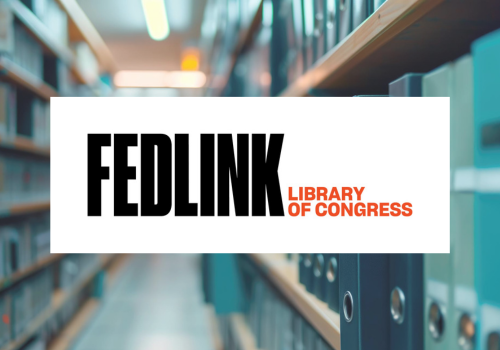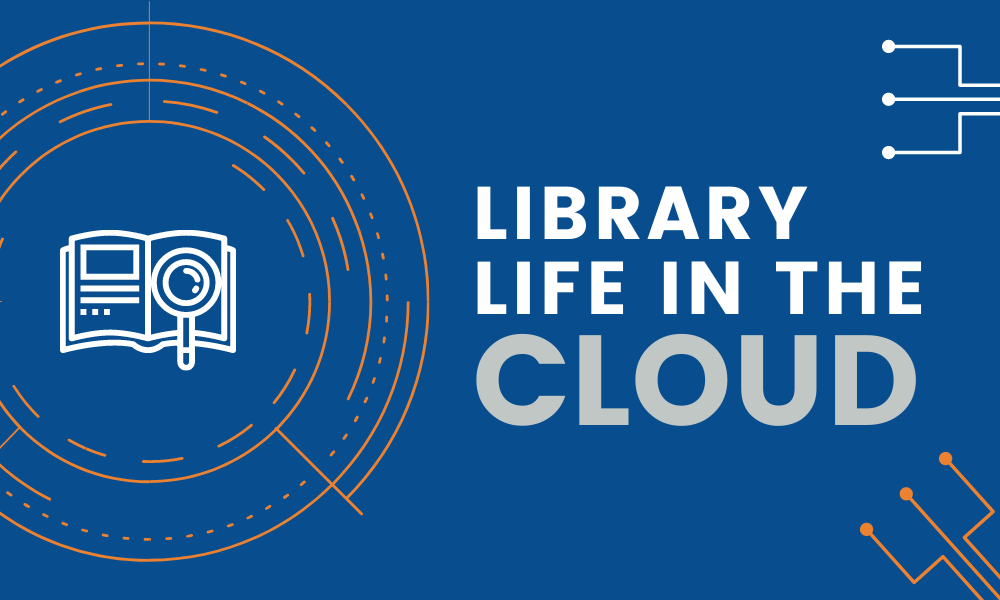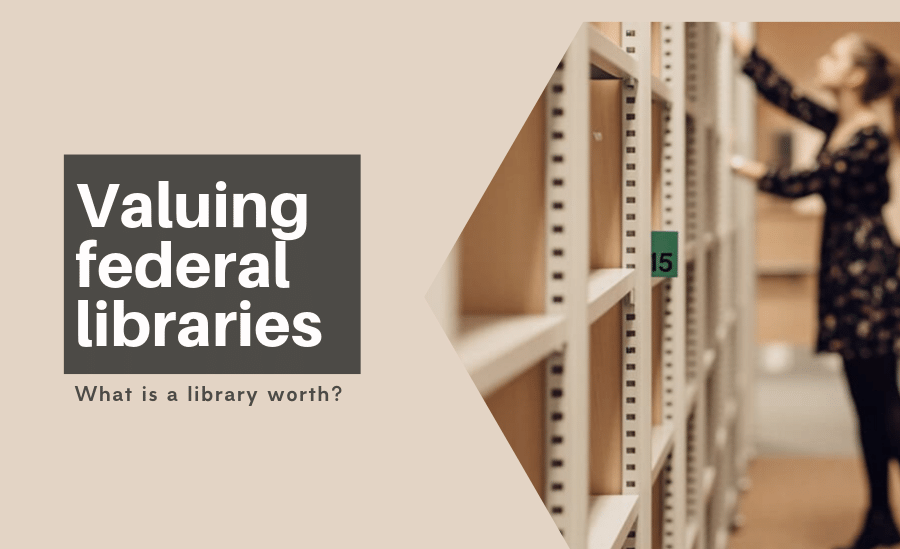One of the ways that LAC Federal’s librarians and information scientists add value to our clients is through their advice and recommendations for improvements. An example of this is the work of Acquisitions Metadata Librarian Amanda Xu, who is on assignment at the National Agricultural Library (NAL).
Amanda is doing her part to bring the library up to speed with the Library of Congress (LOC) and academic libraries by making NAL data more widely-available on the web. She recently gave a presentation to her colleagues at NAL on Linked Open Data (LOD), its related technologies and how they are being implemented by the worldwide library community.
In its simplest terms, linked data helps make a library’s data available beyond the library walls. It’s the turning point for libraries to enable machines to process their data.
As Amanda explained,
“When people begin their information hunt with a search engine or social network, libraries need to help those search engines and networks direct them to answers held by libraries. It broadens the use of library data and enhances the discovery of library resources. It allows a third party to bring referral traffic back to the library’s server, increasing the visibility and value of the library as a resource.”
LOD, RDA, BIBFRAME: more than alphabet soup
While Amanda’s presentation, “Linked Open Data, RDA and BIBFRAME: Status Report,” was a technical discussion with NAL colleagues and fellow information experts, I’ll condense a few highlights and explain them in simpler terms, starting with an explanation of the Semantic Web, which is how linked data is used.
While we know of semantics in terms of language for human understanding, the Semantic Web is information that’s structured and tagged to be read directly by computers, for computer understanding.
According to Amanda,
“The Semantic Web is a web of data for machine processing and smart applications that makes connections of people, communities, things and knowledge on the web.”
If the original world wide web is a collection of linked documents and hyperlinks that match keywords and ranking algorithms to display relevant information for humans to read, the Semantic Web provides structured data so machines can process it automatically and smart applications can make connections, to enable better information sharing and more relevant results. According to Amanda, linked data is the best practice for exposing, sharing and connecting data, information and knowledge on the Semantic Web.
Linked Open Data and linked data
Linked Open Data is simply linked data released under an open license and reusable for free.
Wikimedia Foundation and Google are two major players that are putting LOD to use already. “I wanted to present a grand vision of the Semantic Web; what is linked open data and library implementation of LOD,” Amanda said. “I emphasized Wikidata and Wikimedia library apps, and how Google Knowledge Graph is using that data.”
Wikimedia Foundation: Forty-one percent of linked data projects and services report using Wikidata as a source. Wikidata is a free, multilingual, collaboratively edited, structured dataset launched in 2012 by the Wikimedia Foundation. The Foundation created it as the machine-readable store for all its projects, as a free platform that anyone–including libraries–can use to create, publish and use LOD.
Google: Google’s Knowledge Graph extracts data from the unstructured information on Web pages to create a structured database of the “nouns” of the Internet: people, places, things and the relationships among them. Knowledge Graph has mapped over half a billion entities.
RDA standard explained
RDA is an acronym for Resource Description and Access, released in 2010 as a standard for descriptive cataloging. RDA provides instructions to libraries, museums and archives for formulating bibliographic data. It is a joint multinational standard by the American Library Association, the Canadian Federation of Library Associations and the UK’s Chartered Institute of Library and Information Professionals.
BIBFRAME explained
BIBFRAME (Bibliographic Framework) was developed using linked data principles to make bibliographic data more useful in the library community. The goal is to “evolve bibliographic description standards to a linked data model, in order to make bibliographic information more useful both within and outside the library.”
LOC is leading the transition to BIBFRAME technology and will supply both full MARC records and full BIBFRAME descriptions into foreseeable future.
Amanda helped develop a BIBFRAME 2.0 prototype in collaboration with LOC when she worked for the University of Iowa Library, prior to joining LAC Federal. LOC converted its entire MARC catalog to BIBFRAME—more than 19 million bibliographic records. NAL has a digital library system and some NAL apps are using linked data and Resource Description Framework (RDF), not using BIBFRAME. The Agricultural Library is still using MARC (machine-readable cataloging), something Amanda is trying to steer it away from, because libraries around the world are embracing Linked Open Data and BIBFRAME, even improving upon it.
“The post-MARC era is here. That’s why it really matters, the world is moving to BIBFRAME.”
Even though NAL doesn’t have a current plan to implement BIBFRAME or Linked Open Data, Amanda wanted to keep NAL staff well-informed, which motivated her presentation in December to show them how it is being developed, especially as other government libraries make the transition.
This would benefit NAL by allowing third parties to use its data, to attract more traffic and to generate more visibility into its products and services.
Academic libraries leading the trend
In her presentation, Amanda talked about how libraries can transition from a MARC-based model to BIBFRAME.
“The first step for NAL is to convert their existing MARC records into BIBFRAME and publish the data as Linked Open Data. The second step is to train existing catalogers when they do copy cataloging or original cataloging to be able to actually create BIBFRAME records natively into their system.”
NAL currently uses the Voyager ILS a cataloguing system which does not support BIBFRAME, so she hopes it will use tools like BIBFRAME Editor for compatibility.
In April 2019, catalogers from the Program for Cooperative Cataloging network of academic libraries will begin contributing BIBFRAME records created natively in a program called Sinopia.
This all has critical implications for metadata librarians. She believes almost every job description in the future will require metadata librarians to know linked data and BIBFRAME.
Because of that, Amanda will continue working to keep NAL decision-makers informed of developments in Linked Open Data and BIBFRAME technology and standards.
If you’re behind the curve when it comes to the Semantic Web, please contact me to discuss the mission and goals you have for making your data more accessible.



